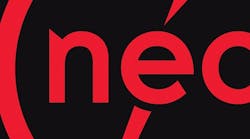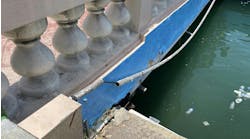Site operators sometimes ask about how to make their equipment intrinsically safe. For example, one firm inquired about how to make its 480V motors intrinsically safe. Such a lack of understanding of what “intrinsically safe” means can lead to a huge waste of resources. It can also result in unnecessarily dangerous installation.
An intrinsically safe circuit is one that operates at such a low energy level (voltage and current) that it is incapable of igniting a flammable gas or vapor. Intrinsically safe also applies to tools that, for example, won’t create a spark. You are never going to see an intrinsically safe 480V motor.
ANSI/UL 913-2006 is the standard that testing labs use when determining if a given circuit is intrinsically safe. So generally, you buy intrinsically safe equipment and then install it in a way that preserves its intrinsic safety. That’s where Art. 504 of the National Electrical Code (NEC) comes in [Sec. 504.1].
A core concept in working with intrinsically safe equipment is you must install it per the control drawing(s) [Sec. 504.10]. The apparatus is marked with the identification of its control drawing.



